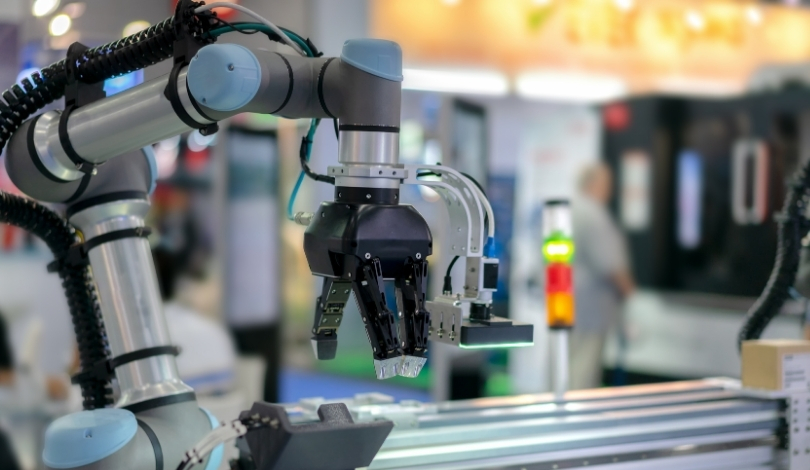In a recent article published by the International Journal of Robust and Nonlinear Control, the study “Multiple tasks control of nonlinear systems under signal temporal logic and its application to mobile robots” delves into the challenges of managing complex temporal logic tasks within nonlinear systems. This research introduces the time‐varying extent‐compatible control barrier function (TV‐ECCBF), a novel concept designed to expand the traditional control barrier function (CBF) by incorporating time-varying extents and volumes. This approach aims to address real-world obstacle avoidance problems characterized by irregular or dynamically changing shapes, which traditional CBF methods struggle to manage efficiently. The study further presents a control framework grounded on signal temporal logic (STL) to encode intricate task specifications and introduces robust semantics to evaluate the fulfillment of target formulas. An automated controller generation based on various task types is also discussed, showing promising outcomes in achieving complex tasks through a global performance lens.
Innovative Control Framework
The TV‐ECCBF, proposed as a new control barrier function, aims to overcome the limitations of traditional CBF methods when dealing with non-static and irregular obstacles. By considering time-varying extents, the TV‐ECCBF can adapt to the dynamic nature of real-world environments, providing a more flexible and effective solution for obstacle avoidance. This method’s primary objective is to enhance the performance of controllers in managing complex temporal logic tasks, especially in scenarios where traditional methods fall short.
To implement the TV‐ECCBF, the study leverages signal temporal logic (STL) for encoding complex task specifications. STL allows for a precise description of desired behaviors over time, making it suitable for complex control scenarios. The research also introduces robust semantics, offering a framework to quantify the satisfaction of target formulas under various conditions. This approach ensures that the control framework can handle a wide range of tasks with varying degrees of complexity.
Real-World Application
The versatility and effectiveness of the proposed control barrier function and framework are demonstrated through two examples involving mobile robot systems. These examples highlight the practical application of TV‐ECCBF in managing real-world tasks, showcasing its ability to handle dynamically changing environments and irregular obstacles. By automatically generating controllers based on the specified tasks, the framework ensures a high level of performance and adaptability, making it a valuable tool for a variety of applications in robotics and beyond.
Compared to past research in the field, which often relied on static or simplistic models of obstacle avoidance, this study represents a significant advancement in handling dynamic and complex environments. Previous methods typically struggled with irregular shapes and time-varying obstacles, leading to suboptimal performance in real-world applications. The introduction of TV‐ECCBF addresses these challenges, providing a more robust and flexible approach to control barrier functions.
Furthermore, earlier studies often faced difficulties in encoding complex task specifications and ensuring robust performance across a range of scenarios. The use of signal temporal logic and robust semantics in this research offers a more comprehensive and adaptable solution. By allowing for precise task encoding and satisfaction quantification, the new framework enhances the reliability and effectiveness of controllers in managing complex tasks.
The TV‐ECCBF and the presented control framework offer a significant step forward in the field of nonlinear system control and robot navigation. By addressing the limitations of traditional methods and incorporating innovative approaches, this research provides a comprehensive solution for managing complex temporal logic tasks in dynamic environments. The integration of STL and robust semantics further enhances the framework’s versatility and effectiveness, making it suitable for a wide range of applications. This study underscores the ongoing evolution of control barrier functions and their potential to improve performance in real-world scenarios, offering valuable insights for researchers and practitioners in the field.










